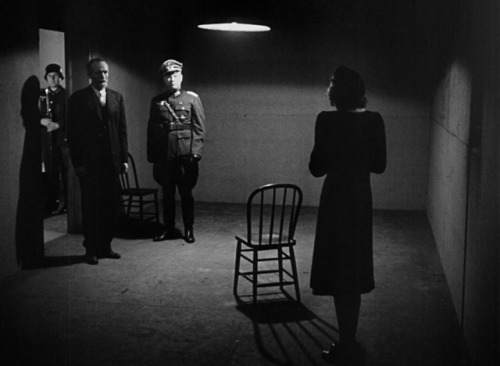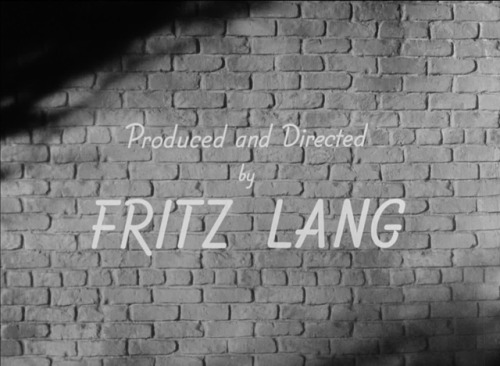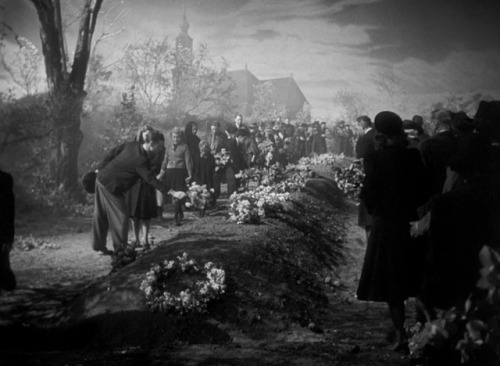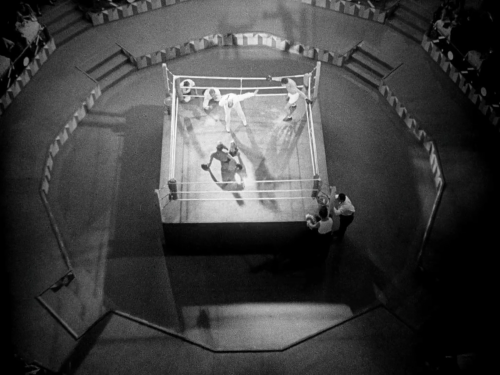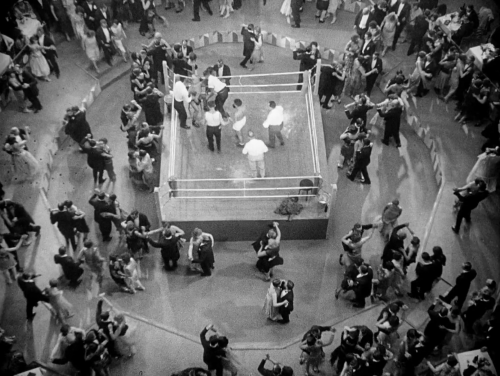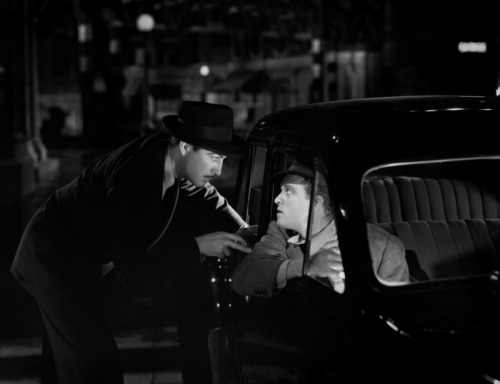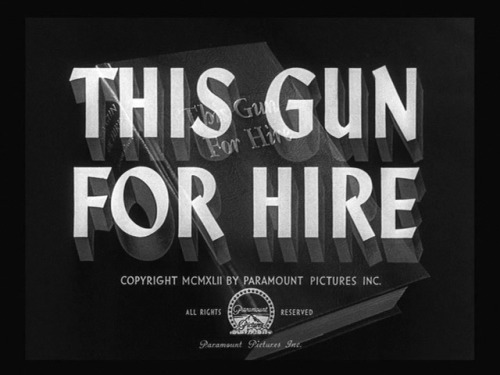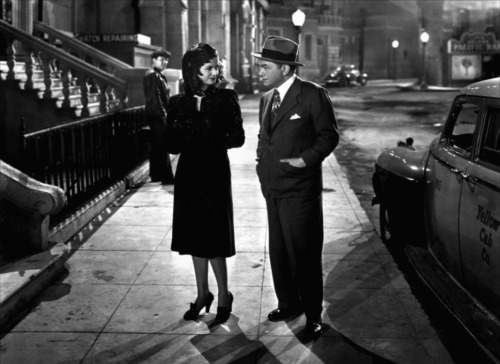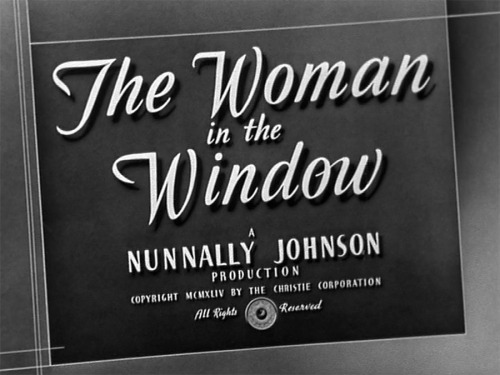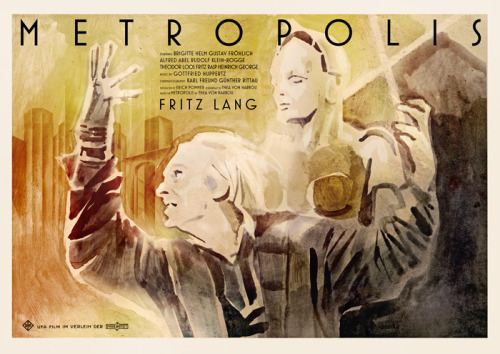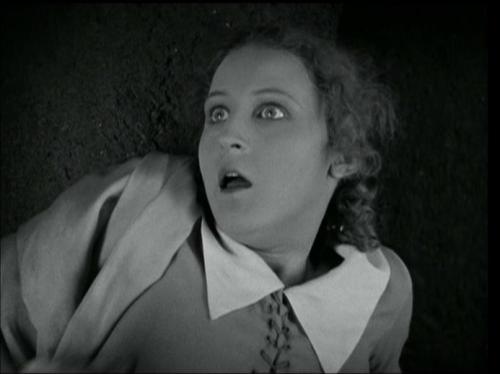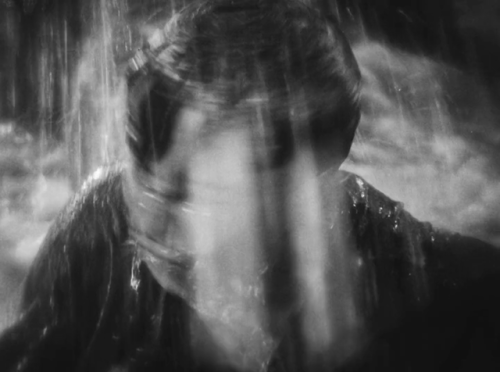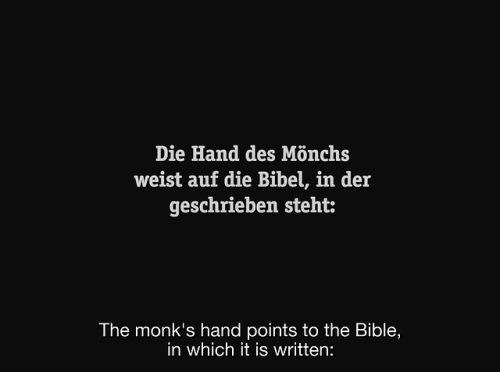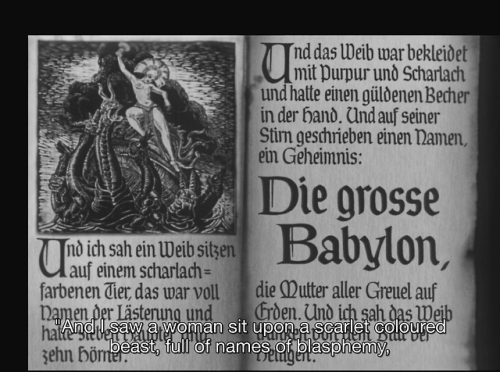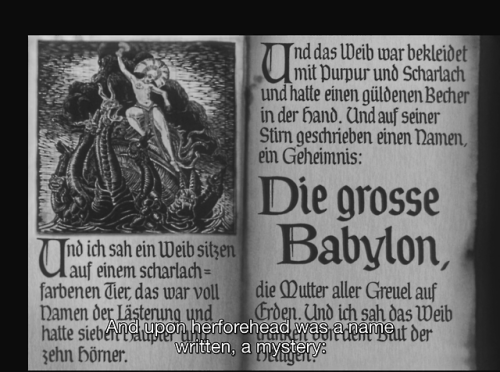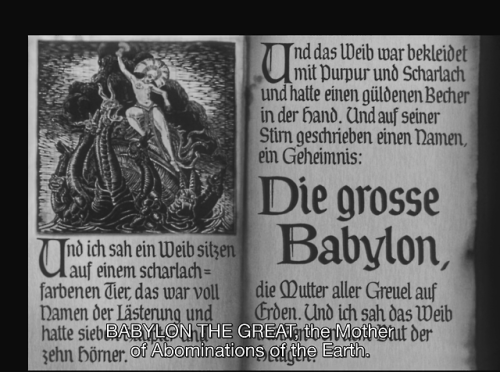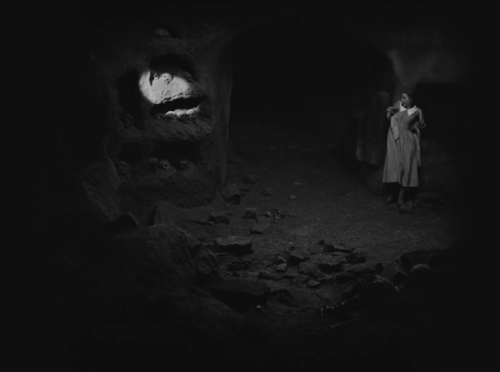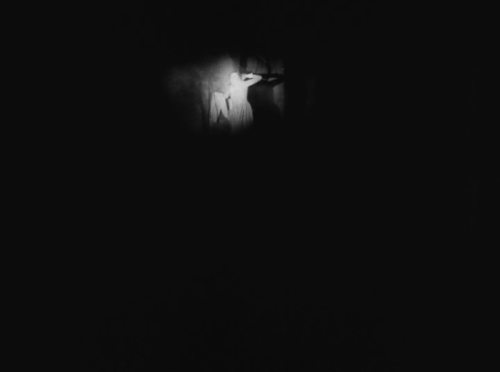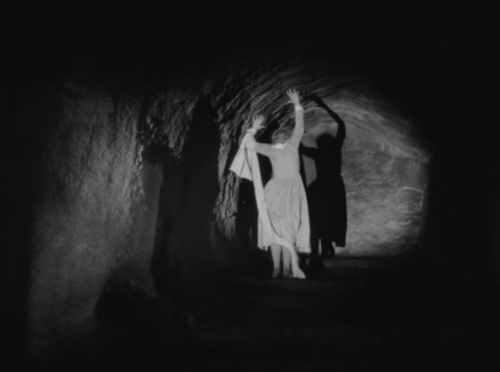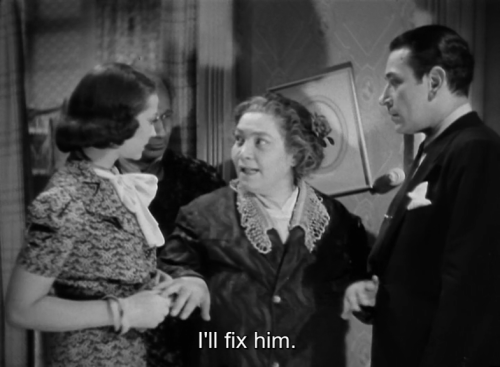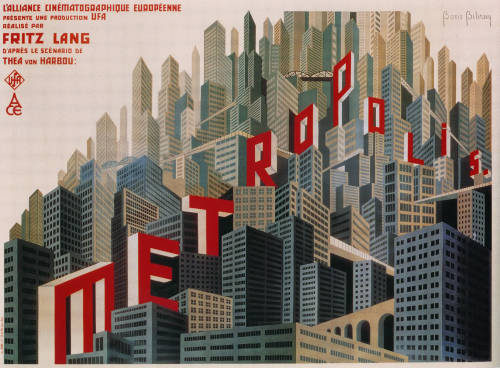#fritz lang
Hangmen Also Die! | Fritz Lang | 1943
It was good to watch an anti-Nazi movie after the horrible events in Charlottesville last weekend.
Post link

Spies(Fritz Lang, 1928)


Spies(Fritz Lang, 1928)

When I first saw Fritz Lang’s BEYOND A REASONABLE DOUBT (’56), I remember being engrossed by its calculated, improbable plot and twist ending. In re-visiting it recently, however, I found myself struck more so by some modern-day parallels I recognized in the story. While fundamentally a genre exercise that ultimately trivializes the hot button topic it broaches, the film nonetheless raises issues regarding media and criminal justice that continue to resonate.
In BEYOND A REASONABLE DOUBT, novelist Tom (Dana Andrews) joins forces with his future father-in-law, newspaper publisher Austin (Sidney Blackmer), for an experiment: to prove the fallibility of circumstantial evidence by exposing how an innocent man could be sentenced to death. To do so, they frame Tom for a murder they’ll later prove he didn’t commit. Tom’s fiancée Susan (Joan Fontaine) isn’t in on the scheme; only Austin knows the truth. Sure enough, their carefully laid plan results in the death penalty for Tom, but when Austin dies in a freak accident, destroying the exonerating evidence with him, Tom has to scramble to prove his innocence. The film ends with a twist that I’ll discuss in a moment, so if you dislike spoilers, I suggest you stop reading, watch it and come back!
Heavy on plot and light on character, the film spends most of its 80 minutes mounting Tom as the fall guy. He and Austin deposit pieces of evidence, such as Tom’s personalized cigarette lighter at the murder scene, and photograph each action to corroborate their story. The methodical way they record their every move is analogous to the modern-day practice of digitally capturing evidence to substantiate controversial events. As we’d say today, Tom and Austin were ready to bring the receipts – until the inadvertent destruction of their tangible proof almost derails their experiment.
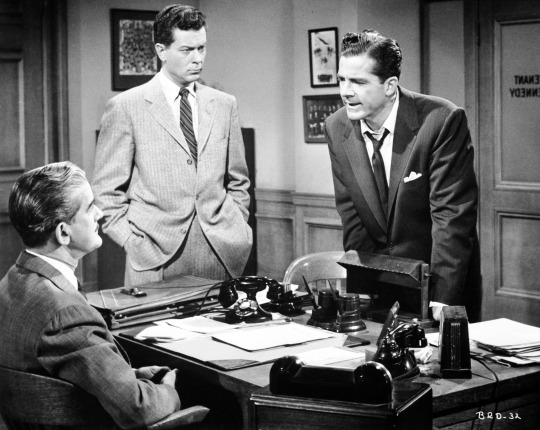
Austin is a fierce advocate against capital punishment, yet he doesn’t want his paper showing bias. Following his death, though, Susan pressures her father’s associates to “use the newspaper in every way you can” to swing support in Tom’s favor. Many present-day news outlets are charged with similar partiality. When it comes to high-profile trials today, clips and photos, especially those shared on social media (the new court of public opinion), play a huge role in the accused’s perceived innocence or guilt.
Near the end of BEYOND A REASONABLE DOUBT, evidence finallyverifies Tom and Austin’s story. With a pardon within his reach, Tom unwittingly mentions the victim’s real name to Susan, proving he knew her and actuallydid it, ingeniously taking advantage of Austin’s offer so he could off an estranged wife. Susan turns him in, and we are to assume he will be executed as the film fades to black.
So, what does this say about the experiment? In a way, it could prove Austin’s point, because Tom’s sentence resulted solely from evidence he and Austin planted. We’re to believe that any actual innocent man could have participated in Austin’s ploy and received the same condemnation. Though the guilty party ultimately pays for his crime, the system shouldn’t get credit. In fact, an exhaustive investigation found nothing to link Tom with the victim – if it weren’t for him indicting himself, he’d get off. How’s that for justice?
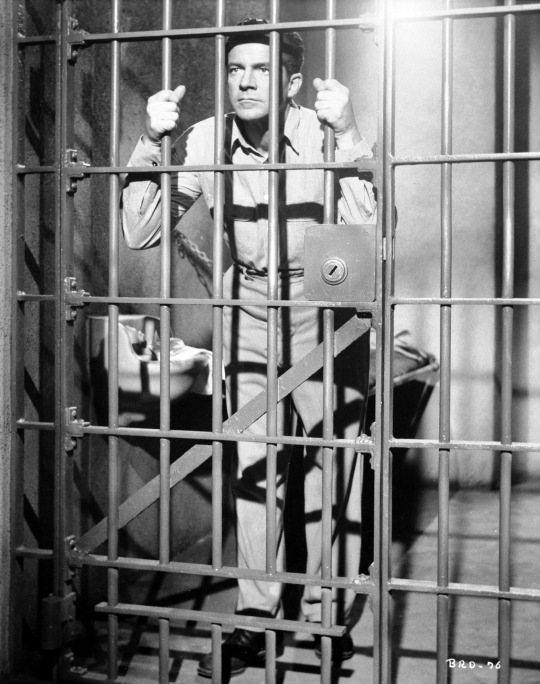
“My argument against capital punishment is that the law forces some other man to commit murder,” Fritz Lang remarked in a 1969 interview. From the start, Lang disagreed with the script’s convoluted direction and the fact that the audience roots for Tom the whole time, only to reveal – out of nowhere – that he’s despicable at the end. Lang butted heads with producer Bert E. Friedlob, especially over the opening execution scene, which Friedlob wanted to make convincing. Lang agreed that a realistic portrayal was a powerful argument against capital punishment, but he did too good a job; when Friedlob saw the result, he denied his initial directive and rebuked Lang for being so cruel. So contentious was their partnership that the director coldly recalled shooting the movie “under duress” and left Hollywood for good after he helmed his final scene.
The topic of capital punishment has long been contended. Writer Douglas Morrow, who held a master’s degree in law, penned the film’s original story after reading a 1955 Gallup poll that revealed an even divide on the death penalty among Americans. That division may well have stemmed from protests in the 1950s and 1960s, which led to a decline in executions. In the movie, Austin remarks that six states did not have the death penalty in 1956; today, it’s illegal in 23 states.
That progress aside, Austin’s fear that the system could mistakenly put an innocent man to death is genuine. Since 1972, at least 185 death row prisoners have been wrongly convicted and set free, per DealthPenaltyInfo.org. Even more tragically, it’s been concluded that some executed inmates were most likely innocent. While the death penalty may be utilized less today, it’s as clear as it was then that miscarriages of justice persist, something BEYOND A REASONABLE DOUBT chillingly reminds me of, even if the film is less a statement on capital punishment than Lang perhaps wanted.

Brigitte Helm gets direction from director Fritz Lang on the set of Metropolis (1927)
Some Favorite Films Noir:
Johnny Eager (1941, Marvin LeRoy; Robert Taylor and Van Heflin pictured)
This Gun For Hire (1942, Frank Tuttle; Veronica Lake and Alan Ladd pictured)
The Woman in the Window (1944, Fritz Lang; Joan Bennett and Edward G. Robinson pictured)
Laura (1944, Otto Preminger; Dana Andrews and Gene Tierney pictured)
The Dark Corner (1946, Henry Hathaway)
Post link
Bringing out all these things on the screen, separating them from the incidentals, seems to me to confront a film, a film based on factual reports, with a more substantial responsibility than the artistic reproduction of events: the responsibility of sounding a warning from real events, of educating, and in this way ultimately having a preventive effect…
Peter LorreinM(Fritz Lang, 1931), the story of the hunt for a pedophile killer through the underworld of Berlin
Post link
Frau im Mond (Woman on the Moon)
Directed by Fritz Lang
Screenplay by Fritz Lang and Thea von Harbou (based on the novel by Thea von Harbou)
Weimar Republic, 1929Watched on 8th August 2014
First viewing
Frau im Mond was Fritz Lang’s last silent film, but a first in many respects. It’s the first film to depict such standard things as weightlessness in space, the use of a multistage rocket, and counting down to a rocket launch – the first attempt at a ‘serious’ science-fiction film, basically.
But the film begins not as sci-fi but as espionage, with a sinister gang of businessmen trying to steal space travel plans from the outcast visionary Professor Mannfeldt (Klaus Pohl) and his entrepreneurial friend Helius (Willy Fritsch). Mannfeldt believes the moon holds vast reserves of gold, which the evil businessmen (represented by Fritz Rasp, as “The man who calls himself Turner”) intend to retrieve before it gets into the hands of those with better intentions. Turner eventually outsmarts Helius and Mannfeldt and joins them on their voyage, along with Helius’ assistants Windegger (Gustav von Wangenheim) and Friede (Gerda Maurus), who are newly-engaged – much to the distress of Helius, who secretly loves Friede. (Perhaps not so secretly, considering his rocket is named after her…)
It’s been a while since I watched a silent drama, so it took me a while to adjust to the relatively slow pacing. But once I had adjusted, I loved this film. The futuristic art deco design is delightful, Fritz Rasp is superbly sinister as “Turner”, and Gerda Maurus is mesmerising (and stunningly beautiful) as Friede.
Post link
The design of ‘Hunger City’ (Diamond Dogs tour 1974) was based on the dystopian underground world in the classic sci-fi film ‘Metropolis’ of Fritz Lang from 1927 (among other things), which Bowie saw for the first time on his 20th birthday.
- Art Deco poster of Metropolis by Boris Bilinsky, 1927 (trailer Metropolis here)
- Design maquette for stage decor of the Diamond Dogstour by Mark Ravittz & Jules Fisher, 1974
- Bowie in Freddie Buretti costume during Diamond Dogs show, 1974
photo © Terry O’Neill
Post link






